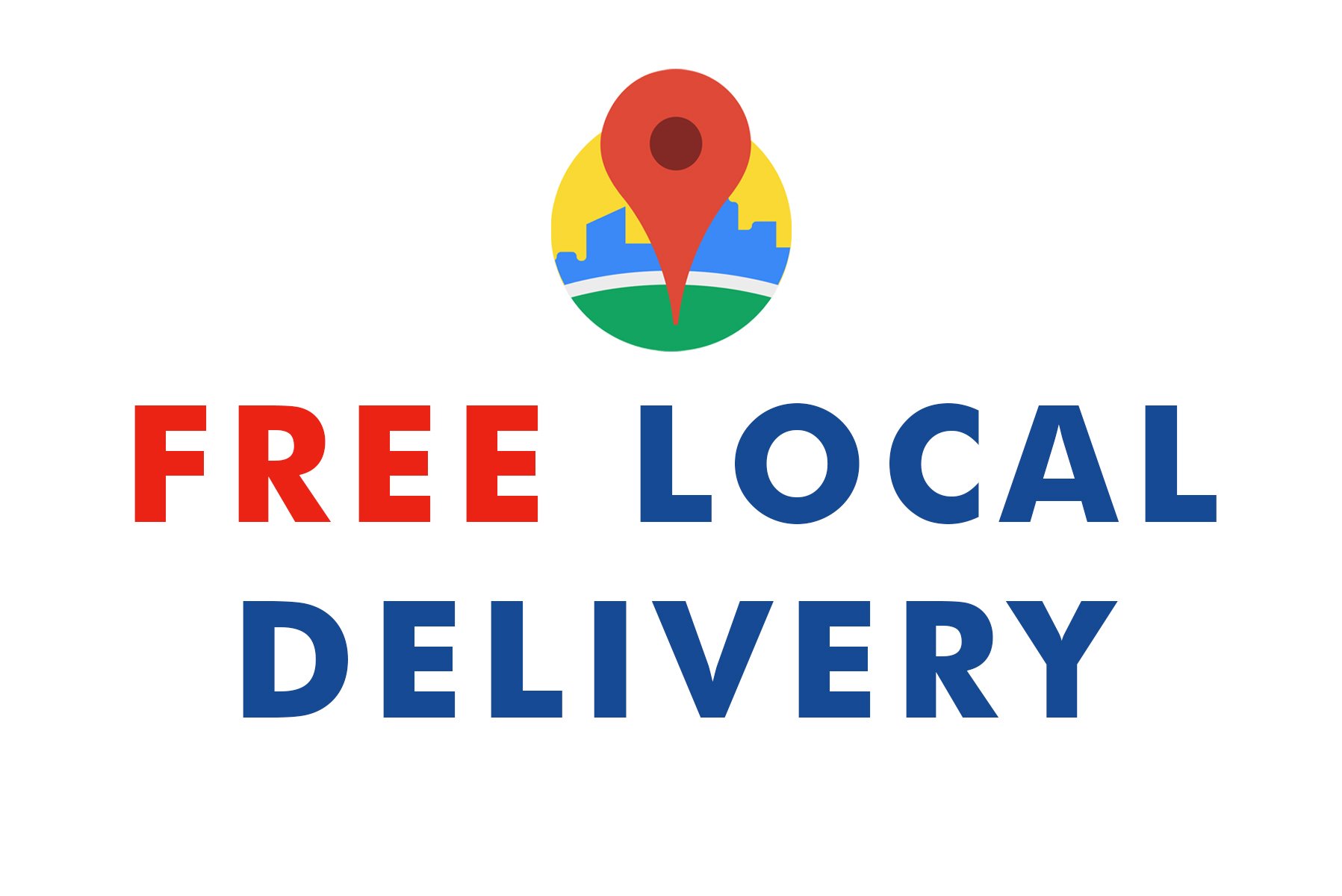
Introduction
Bubble wrap, with its distinctive popping sound and cushioning properties, has become synonymous with protecting fragile items during shipping and storage. However, this lightweight and versatile packaging material offers far more than just entertainment. This educational article aims to provide an in-depth exploration of bubble wrap, shedding light on its history, manufacturing process, various types, and its significance in the world of packaging.
The Manufacturing Process
The manufacturing process of bubble wrap involves several steps:
- Extrusion: Polyethylene plastic is melted and then formed into a continuous sheet with air-filled bubbles. These bubbles give bubble wrap its distinctive cushioning properties.
- Sealing: The plastic sheet with air-filled bubbles is then sealed with another layer of plastic, creating a bubble pattern.
- Rolling and Cutting: The bubble wrap is rolled into large rolls and then cut into smaller sheets or rolls of varying sizes.
Types of Bubble Wrap
Bubble wrap comes in various types, each designed to cater to different packaging needs:
- Standard Bubble Wrap: This is the most common type, featuring regular-sized bubbles that provide a balance between cushioning and flexibility.
- Small Bubble Wrap: Small bubble wrap has smaller bubbles, offering tighter cushioning and protection for smaller and more delicate items.
- Large Bubble Wrap: Large bubble wrap features bigger bubbles, making it suitable for items that need extra protection or have irregular shapes.

Significance in Packaging
The significance of bubble wrap in the world of packaging cannot be overstated:
- Cushioning: Bubble wrap’s air-filled bubbles provide excellent cushioning, absorbing shocks and impacts during transit, thus preventing damage to fragile items.
- Insulation: Bubble wrap also offers thermal insulation, making it useful for packaging items that require temperature regulation.
- Versatility: Bubble wrap is versatile and can be used to protect items of various shapes and sizes, from electronics to glassware.
- Cost-Effective: Despite its effectiveness, bubble wrap is relatively inexpensive, making it a cost-effective choice for protective packaging.
- Eco-Friendly Alternatives: Some manufacturers offer eco-friendly bubble wrap made from recycled materials or biodegradable plastics, helping to address environmental concerns.
Conclusion
From its accidental inception to its widespread use in the packaging industry, bubble wrap has proven its value in protecting items during transit and storage. Its cushioning properties, versatility, and affordability make it a packaging essential for businesses and individuals alike. As the demand for sustainable packaging solutions grows, bubble wrap manufacturers are also exploring eco-friendly alternatives, ensuring that this iconic packaging material remains relevant in a changing world.

